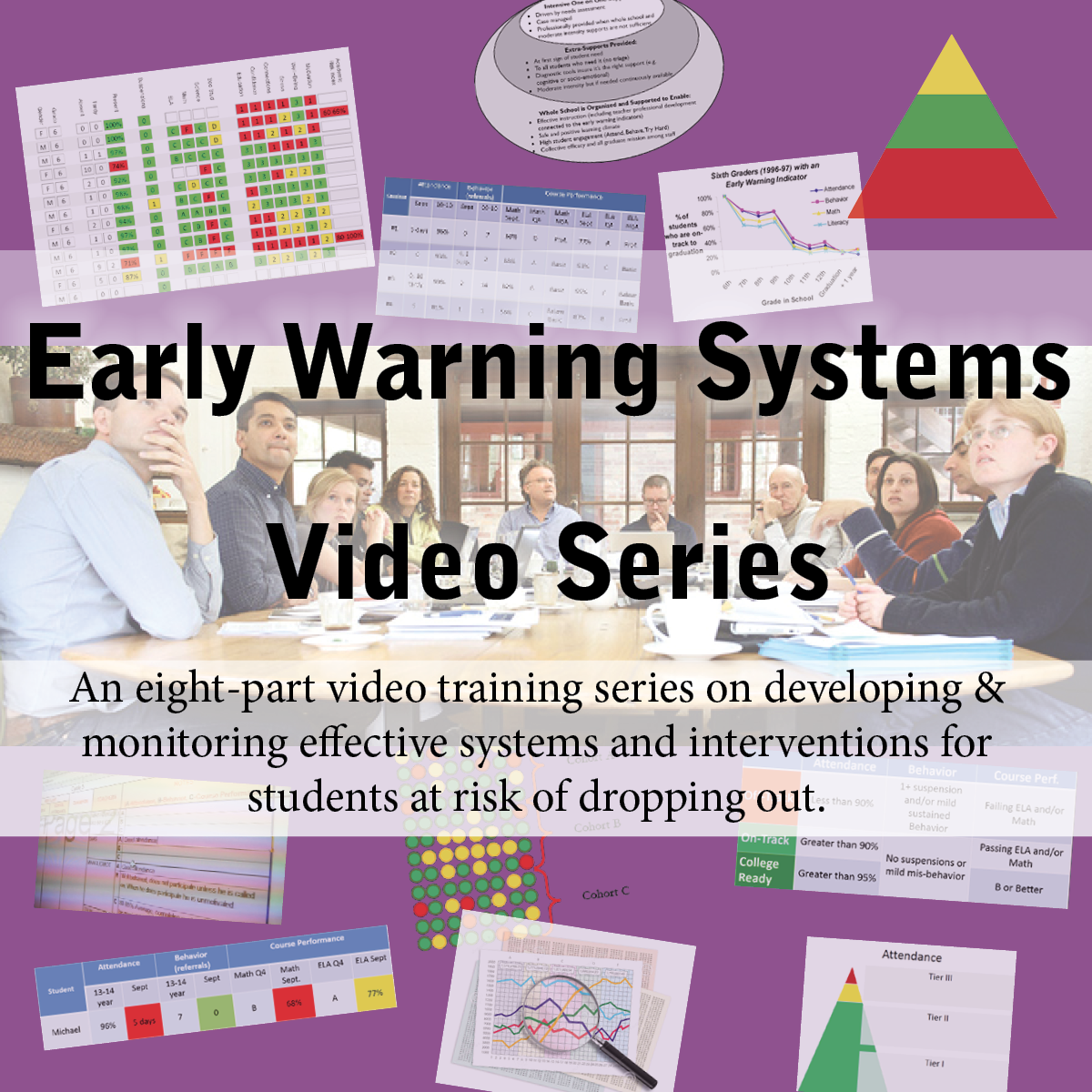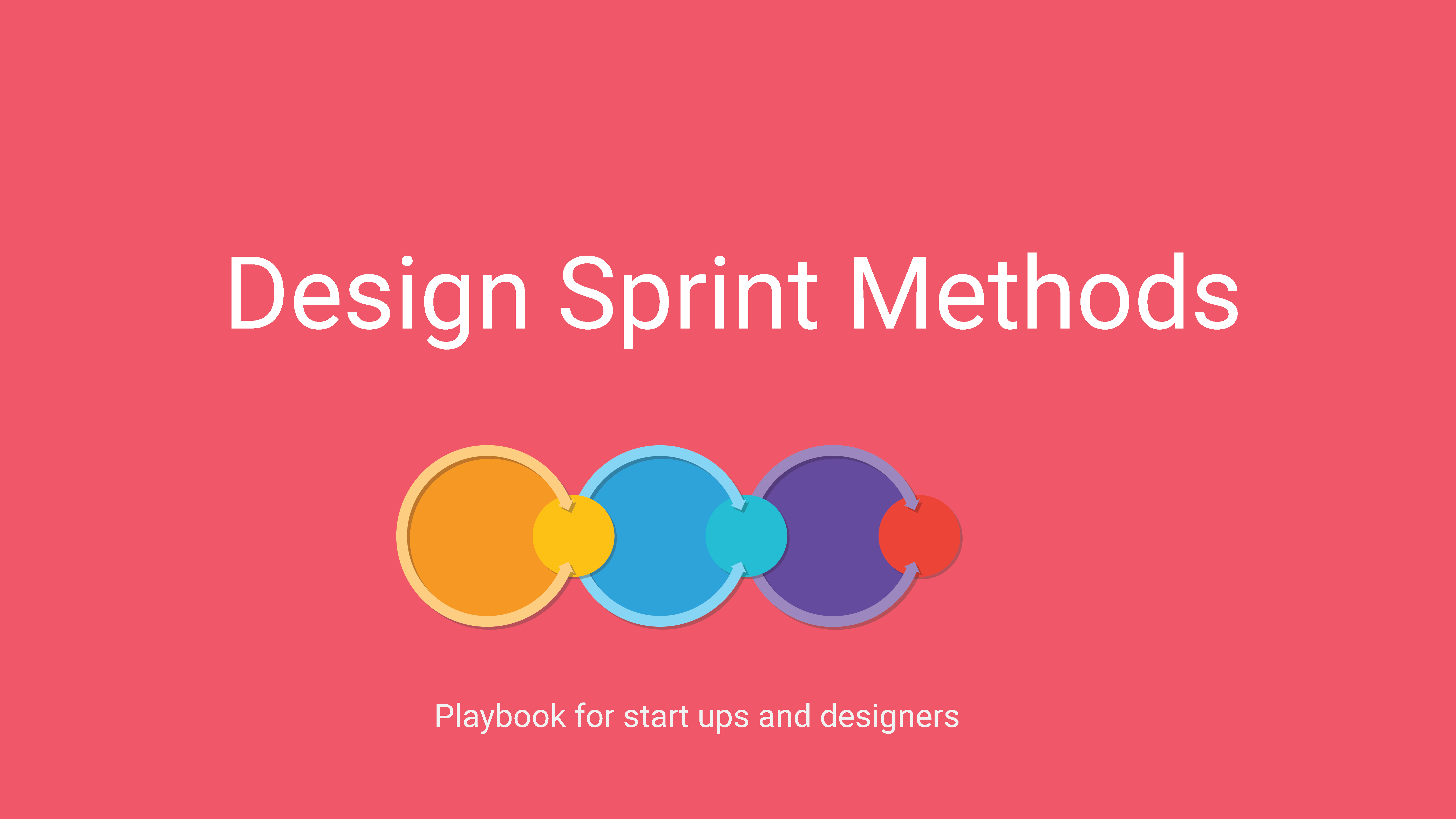Facilitated, Evidence-Based Design Process
We organize the evidence base into four key drivers of student outcomes that schools can directly influence and impact:
- Organizing Adults
- Students-at-the-Center (Student Supports)
- Teaching & Learning
- Universal Postsecondary Options
- Whole-School Improvement Efforts
The design resources are divided into two categories: What the Evidence Says and How and Why to Implement Evidence-based Practices.
What the Evidence Says
Presents summaries and synthesis of the evidence base for high school improvement and significant individual studies on key redesign and improvement practices. The resources are organized by CSHSC’s four key drivers of student outcomes that schools can directly influence and impact:
How & Why to Implement Evidence-based Practices
Theses resources focus on practice-based learnings on how to implement evidence-based high school redesign and improvement strategies & practices and why it is important and impactful to do so.
XQ Super School Resources
Podcast Series
Listen to conversations with transformational leaders in education about how they are incorporating youth voice and working alongside students to create meaningful learning experiences. You’ll hear inspiring examples, stories, and lessons from across the country. Click here to view the entire podcast series.
Learn more about the XQ Project, podcast series, and high school redesign tools and resources.
Knowledge Modules
These modules offer a mix of cutting-edge academic research and inspiration to help anyone think boldly about both the possibilities and the realities of rethinking high school. Check it out >
The Design Sprint Method
Design matters. Speed matters. What if we could have both? The Design Sprint Method has collected industry best practices that allow teams to run design sprints: rapid prototyping and testing sessions. We hope the practices are easy to adapt to teams who are just beginning their design practice. Download the Guide (PDF)
National Survey on High School Strageties
The U.S. Department of Education sponsored the National Survey on High School Strategies Designed to Help At-Risk Students Graduate and collected data in the 2014-2015 school year from a nationally representative sample of 2,142 public high schools. The resulting data provided approximately 13 specific, evidence-based high school improvement strategies designed to improve the likelihood of high school graduation for at-risk students. Read More. . .
 Early Warning Systems Video Training Series
Early Warning Systems Video Training Series
The Everyone Graduates Center at Johns Hopkins University School of Education produced and eight-part video training series in partnership with the New Mexico Public Education Department, and the High Plains Regional Education Cooperative. The series focuses on developing and monitoring effective systems and interventions for students at risk of dropping out.
The eight-part series includes:
- Overview of an Early Warning System (Video 1)
- Building a Data Culture (Video 2)
- Linking Indicators to a Tiered Intervention System (Video 3)
- Planning for Your School or District (Video 4)
- Getting Started (Video 5)
- Lessons Learned (Video 6)
- Intervention Review & Data Gap Analysis (Video 7)
- Introducing Early Warning System to School Faculty & Staff (Video 8)
The videos, materials, and activities are designed to assist school teams in designing and implementing an Early Warning System. Read more. . .
Reflections on Redesign: Lessons Learned from the Fuse Architect Project
In January 2017, Highlander Institute partnered with seven Rhode Island high schools for an 18-month redesign effort supported by the Nellie Mae Education Foundation. This project was an opportunity to learn about what it takes to redesign the high school experience and what is possible when students are empowered as partners in the design process. A summary of the project and our learning about designing an Integrated Learning System and pivoting toward student-centered learning can be found in the full report, which is available by request. However, we have distilled the larger report into five key takeaways that apply to any redesign team leading a high school change effort. Read More. . .






